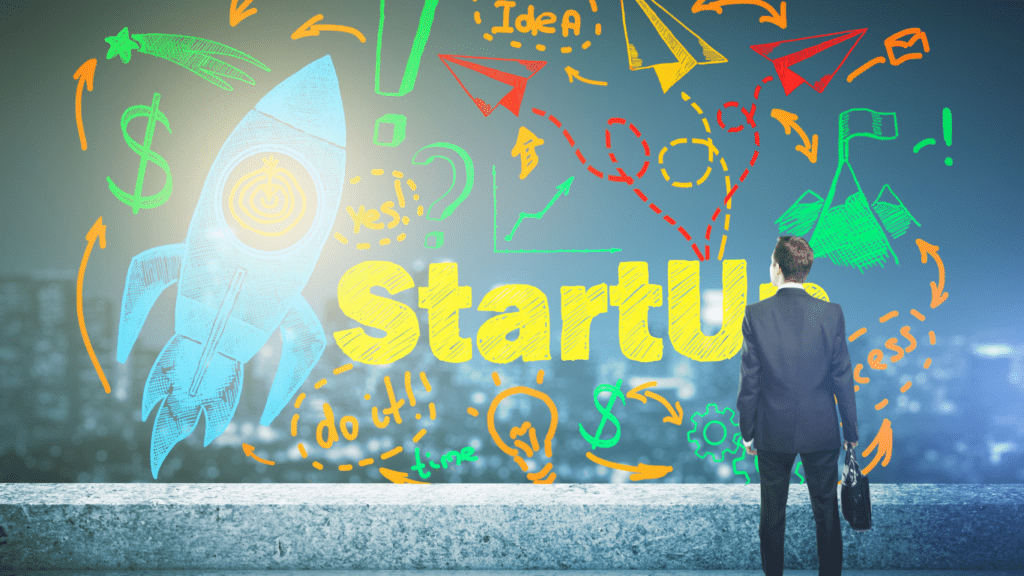Understanding Digital Disruption in 2025
Digital disruption in 2025 represents rapid changes driven by evolving technologies and shifting consumer behaviors. Industries face significant transformations as artificial intelligence (AI), blockchain, and 5G technologies redefine operations, customer interactions, and value delivery.
AI integration enables automated decision-making, predictive analytics, and enhanced personalization. For example, e-commerce platforms use AI to recommend products based on browsing history. This reshapes customer expectations, pushing companies to offer more targeted solutions.
Blockchain adoption secures data exchange, increases transparency, and streamlines processes. Financial services, for instance, leverage blockchain for faster cross-border transactions, reducing traditional bottlenecks.
5G networks unlock real-time connectivity and increased device interconnectivity. Autonomous vehicles and Internet-of-Things (IoT) applications rely on these advancements for improved functionality.
Companies unable to adapt to these technologies risk gradual obsolescence. Startups dominate by integrating new tools quickly, while slow movers struggle amidst growing competition and changing demands. Recognizing digital disruption’s potential impact drives organizations to prioritize innovation and agility.
Key Drivers of Digital Transformation

Digital transformation accelerates as companies integrate new technologies and respond to evolving consumer demands. Understanding these drivers supports effective adaptation strategies.
Emerging Technologies Shaping the Future
Technologies like artificial intelligence, blockchain, and 5G redefine business operations. AI enhances data analysis and drives automation, improving efficiency across industries. Blockchain secures transactions and ensures transparency, critical in finance and supply chain management. The widespread deployment of 5G supports real-time connectivity, enabling innovations like smart cities and autonomous systems. Startups capitalize on these advancements faster due to their flexibility, pushing established companies to adopt or risk being left behind.
Changing Consumer Expectations
Consumers demand personalized, seamless experiences and faster service.
- Digital tools, such as apps and smart devices, enable real-time interaction and instant feedback.
- Companies must invest in predictive analytics and user-friendly interfaces to retain loyalty.
- Startups excel in offering tailored solutions by quickly interpreting consumer data, creating pressure on traditional companies to reorient their strategies and match the agility of these up-and-coming competitors.
Lessons Established Companies Can Learn from Startups
Startups excel in navigating digital disruption by leveraging agility, fostering innovation, and using data effectively. Established companies can adopt these strategies to remain competitive in an evolving landscape.
Agility and Adaptability
Startups rapidly adapt to changes due to smaller teams and streamlined decision-making. Larger companies can replicate this by reducing bureaucracy and enabling cross-functional teams to implement innovations faster. For instance, introducing agile methodologies, such as Scrum or Kanban, empowers teams to iterate quickly and respond to market demands efficiently.
Embracing a Culture of Innovation
A proactive approach to innovation drives startup growth. Established firms can encourage risk-taking by reducing penalties for failure and allocating resources for experimental projects. Creating innovation hubs or partnerships with tech-focused incubators fosters collaboration and ensures that promising ideas develop into scalable solutions. Google’s practice of dedicating 20% of employees’ time to exploratory projects exemplifies this strategy.
Leveraging Data-Driven Decision Making
Startups prioritize data analytics to understand user behavior and optimize operations. Larger enterprises benefit from implementing similar strategies, like adopting advanced analytics tools and building data-focused teams. For example, predictive analytics helps anticipate customer needs, while real-time metrics improve operational efficiency. Strengthening data infrastructure enables businesses to make quicker, informed decisions, aligning with current market conditions.
Common Challenges for Established Companies
Established companies face significant obstacles in adapting to digital disruption. These challenges, if unaddressed, can hinder their ability to compete with agile startups and meet evolving market demands.
Resistance to Change
Cultural resistance to change often slows digital transformation. Many employees, accustomed to traditional workflows, view new technologies as threats rather than opportunities. This mindset discourages innovation and delays implementation of modern practices. For example, bureaucratic approval processes can stall the adoption of critical tools like AI or cloud platforms. Leaders must address this resistance by fostering an open mindset and demonstrating the value of innovation through small, impactful wins.
Navigating Legacy Systems
Outdated IT infrastructure restricts flexibility and innovation. Established companies frequently rely on legacy systems, which act as roadblocks when integrating advanced technologies like blockchain or predictive analytics. These systems often require significant investment to update, creating a resource allocation dilemma. For instance, banking institutions reliant on decades-old mainframes struggle to offer real-time banking experiences demanded by customers. Streamlining legacy systems by embracing modular, cloud-based platforms can alleviate these challenges and promote scalability.

 Garyer Dorandosics is a forward-thinking technology writer at NextBigTechZone, with a sharp eye for the latest innovations shaping the digital future. His articles break down complex topics in AI, software development, and emerging tech trends into clear and practical insights for readers.
Garyer Dorandosics is a forward-thinking technology writer at NextBigTechZone, with a sharp eye for the latest innovations shaping the digital future. His articles break down complex topics in AI, software development, and emerging tech trends into clear and practical insights for readers.
